The wright brothers.They were the first to fly.It is not a brief biography of wright brothers,it is their victory against the words of world.They faced Many difficulties through the journey to victory,but they pave their path to the victory.It is an inspiration to everyone,who are paralysed because of the words of the world.You may read it and pave your path to victory .”A victory against the world”
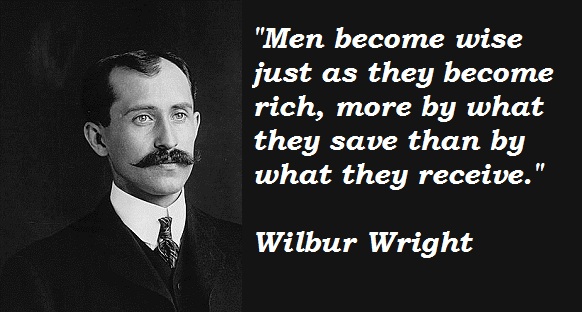
The Wright brothers, Orville (August 19, 1871 – January 30, 1948) and Wilbur (April 16, 1867 – May 30, 1912), were two American brothers, inventors, and aviation pioneers who are generally credited with inventing, building, and flying the world’s first successful airplane. They made the first controlled, sustained flight of a powered, heavier-than-air aircraft on December 17, 1903, four miles south of Kitty Hawk, North Carolina. In 1904-1905 the brothers developed their flying machine into the first practical fixed-wing aircraft. Although not the first to build and fly experimental aircraft, the Wright brothers were the first to invent aircraft controls that made fixed-wing powered flight possible.
Childhood
The wright brothers were two of seven children born to Milton wright and susan koerner.
Their life changed when their father,who travelled often as a bishop in the church of the united brethren trust,took a helicopter toy for them.The device was based on an invention of French aeronautical pioneer Alphonse Pénaud. Made of paper, bamboo and cork with a rubber band to twirl its rotor, it was about a foot long. Wilbur and Orville played with it until it broke, and then built their own.In later years, they pointed to their experience with the toy as the spark of their interest in flying.
Both brothers attended high school, but did not receive diplomas. The family’s abrupt move in 1884 from Richmond, Indiana to Dayton, Ohio, where the family had lived during the 1870s, prevented Wilbur from receiving his diploma after finishing four years of high school.In late 1885 or early 1886 Wilbur was struck in the face by a hockey stick while playing an ice-skating game with friends, resulting in the loss of his front teeth. He had been vigorous and athletic until then, and although his injuries did not appear especially severe, he became withdrawn. He had planned to attend Yale. Instead, he spent the next few years largely housebound. During this time he cared for his mother who was terminally ill with tuberculosis, read extensively in his father’s library and ably assisted his father during times of controversy within the Brethren Church, but also expressed unease over his own lack of ambition.Orville dropped out of high school after his junior year to start a printing business in 1889, having designed and built his own printing press with Wilbur’s help. Wilbur joined the print shop, and in March the brothers launched a weekly newspaper, the West Side News. Subsequent issues listed Orville as publisher and Wilbur as editor on the masthead. In April 1890 they converted the paper to a daily, The Evening Item, but it lasted only four months. They focused on commercial printing afterward.Capitalizing on the national bicycle craze (spurred by the invention of the safety bicycle and its substantial advantages over the penny-farthing design), in December 1892 the brothers opened a repair and sales shop (the Wright Cycle Exchange, later the Wright Cycle Company) and in 1896 began manufacturing their own brand.[27] They used this endeavor to fund their growing interest in flight. In the early or mid-1890s they saw newspaper or magazine articles and probably photographs of the dramatic glides by Otto Lilienthal in Germany. 1896 brought three important aeronautical events. In May, Smithsonian Institution Secretary Samuel Langley successfully flew an unmanned steam-powered fixed-wing model aircraft. In mid-year, Chicago engineer and aviation authority Octave Chanute brought together several men who tested various types of gliders over the sand dunes along the shore of Lake Michigan. In August, Lilienthal was killed in the plunge of his glider.[28] These events lodged in the consciousness of the brothers. In May 1899 Wilbur wrote a letter[29] to the Smithsonian Institution requesting information and publications about aeronautics
The Wright brothers always presented a unified image to the public, sharing equally in the credit for their invention. Biographers note that Wilbur took the initiative in 1899–1900, writing of “my” machine and “my” plans before Orville became deeply involved when the first person singular became the plural “we” and “our”. Author James Tobin asserts, “it is impossible to imagine Orville, bright as he was, supplying the driving force that started their work and kept it going from the back room of a store in Ohio to conferences with capitalists, presidents, and kings. Will did that. He was the leader, from the beginning to the end.”
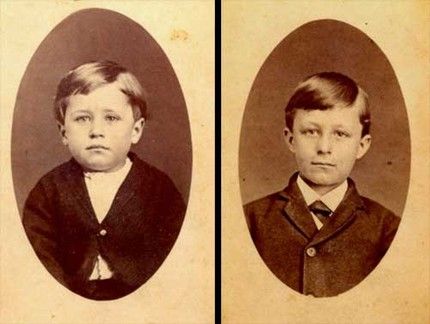
Ideas about the plane controlling
Despite Lilienthal’s fate, the brothers favored his strategy: to practice gliding in order to master the art of control before attempting motor-driven flight. The death of British aeronaut Percy Pilcher in another hang gliding crash in October 1899 only reinforced their opinion that a reliable method of pilot control was the key to successful—and safe—flight. At the outset of their experiments they regarded control as the unsolved third part of “the flying problem”. They believed sufficiently promising knowledge of the other two issues—wings and engines—already existed. The Wright brothers thus differed sharply from more experienced practitioners of the day, notably Clément Ader, Maxim and Langley who built powerful engines, attached them to airframes equipped with unproven control devices, and expected to take to the air with no previous flying experience. Although agreeing with Lilienthal’s idea of practice, the Wrights saw that his method of balance and control by shifting his body weight was inadequate.They were determined to find something better.
On the basis of observation, Wilbur concluded that birds changed the angle of the ends of their wings to make their bodies roll right or left.[34] The brothers decided this would also be a good way for a flying machine to turn—to “bank” or “lean” into the turn just like a bird—and just like a person riding a bicycle, an experience with which they were thoroughly familiar. Equally important, they hoped this method would enable recovery when the wind tilted the machine to one side (lateral balance). They puzzled over how to achieve the same effect with man-made wings and eventually discovered wing-warping when Wilbur idly twisted a long inner-tube box at the bicycle shop.
Other aeronautical investigators regarded flight as if it were not so different from surface locomotion, except the surface would be elevated. They thought in terms of a ship’s rudder for steering, while the flying machine remained essentially level in the air, as did a train or an automobile or a ship at the surface. The idea of deliberately leaning, or rolling, to one side seemed either undesirable or did not enter their thinking.[36] Some of these other investigators, including Langley and Chanute, sought the elusive ideal of “inherent stability”, believing the pilot of a flying machine would not be able to react quickly enough to wind disturbances to use mechanical controls effectively. The Wright brothers, on the other hand, wanted the pilot to have absolute control. For that reason, their early designs made no concessions toward built-in stability (such as dihedral wings). They deliberately designed their 1903 first powered flyer with anhedral (drooping) wings, which are inherently unstable, but less susceptible to upset by gusty cross winds.
n July 1899 Wilbur put wing warping to the test by building and flying a biplane kite with a five-foot (1.5m) wingspan. When the wings were warped, or twisted, one end of the wings produced more lift and the other end less lift. The unequal lift made the wings tilt, or bank: the end with more lift rose, while the other end dropped, causing a turn in the direction of the lower end. The warping was controlled by four cords attached to the kite, which led to two sticks held by the kite flyer, who tilted them in opposite directions to twist the wings.
In 1900 the brothers went to Kitty Hawk, North Carolina, to begin their manned gliding experiments. In his reply to Wilbur’s first letter, Octave Chanute had suggested the mid-Atlantic coast for its regular breezes and soft sandy landing surface. Wilbur also requested and examined U.S. Weather Bureau data, and decided on Kitty Hawk after receiving information from the government meteorologist stationed there.[38] Kitty Hawk, although remote, was closer to Dayton than other places Chanute had suggested, including California and Florida. The spot also gave them privacy from reporters, who had turned the 1896 Chanute experiments at Lake Michigan into something of a circus. Chanute visited them in camp each season from 1901 to 1903 and saw gliding experiments, but not the powered flights.
Gliders
Chanute’s hang glider of 1896. The pilot may be Augustus Herring.
The Wrights based the design of their kite and full-size gliders on work done in the 1890s by other aviation pioneers. They adopted the basic design of the Chanute-Herring biplane hang glider (“double-decker” as the Wrights called it), which flew well in the 1896 experiments near Chicago, and used aeronautical data on lift that Lilienthal had published. The Wrights designed the wings with camber, a curvature of the top surface. The brothers did not discover this principle, but took advantage of it. The better lift of a cambered surface compared to a flat one was first discussed scientifically by Sir George Cayley. Lilienthal, whose work the Wrights carefully studied, used cambered wings in his gliders, proving in flight the advantage over flat surfaces. The wooden uprights between the wings of the Wright glider were braced by wires in their own version of Chanute’s modified Pratt truss, a bridge-building design he used for his biplane glider (initially built as a triplane). The Wrights mounted the horizontal elevator in front of the wings rather than behind, apparently believing this feature would help to avoid, or protect them, from a nosedive and crash like the one that killed Lilienthal. Wilbur incorrectly believed a tail was not necessary, and their first two gliders did not have one. According to some Wright biographers, Wilbur probably did all the gliding until 1902, perhaps to exercise his authority as older brother and to protect Orville from harm as he did not want to have to explain to Bishop Wright if Orville got injured.
They tested wing-warping using control ropes from the ground. The glider was also tested unmanned while suspended from a small homemade tower. Wilbur, but not Orville, made about a dozen free glides on only a single day, October 20. For those tests the brothers trekked four miles (6 km) south to the Kill Devil Hills, a group of sand dunes up to 100 feet (30 m) high (where they made camp in each of the next three years). Although the glider’s lift was less than expected, the brothers were encouraged because the craft’s front elevator worked well and they had no accidents. However, the small number of free glides meant they were not able to give wing-warping a true test.
The pilot lay flat on the lower wing, as planned, to reduce aerodynamic drag. As a glide ended, the pilot was supposed to lower himself to a vertical position through an opening in the wing and land on his feet with his arms wrapped over the framework. Within a few glides, however, they discovered the pilot could remain prone on the wing, headfirst, without undue danger when landing. They made all their flights in that position for the next five years.
1901 glider
Orville with the 1901 glider, its nose pointed skyward; it had no tail.
Hoping to improve lift, they built the 1901 glider with a much larger wing area and made dozens of flights in July and August for distances of 50 to 400 ft (15 to 122 m).[46] The glider stalled a few times, but the parachute effect of the forward elevator allowed Wilbur to make a safe flat landing, instead of a nose-dive. These incidents wedded the Wrights even more strongly to the canard design, which they did not give up until 1910. The glider, however, delivered two major disappointments. It produced only about one-third the lift calculated and sometimes pointed opposite the intended direction of a turn–a problem later known as adverse yaw–when Wilbur used the wing-warping control. On the trip home a deeply dejected Wilbur remarked to Orville that man would not fly in a thousand years.
Wilbur just after landing the 1901 glider. Glider skid marks are visible behind it, and marks from a previous landing are seen in front; Kill Devil Hills, North Carolina.
The poor lift of the gliders led the Wrights to question the accuracy of Lilienthal’s data, as well as the “Smeaton coefficient” of air pressure, a value which had been in use for over 100 years and was part of the accepted equation for lift.
The Lift Equation
{\displaystyle L=k\;S\;V^{2}\;C_{L}} L = lift in pounds L = lift in pounds
k = coefficient of air pressure (Smeaton coefficient)
S = total area of lifting surface in square feet
V = velocity (headwind plus ground speed) in miles per hour
CL = coefficient of lift (varies with wing shape) |
The Wrights used this equation to calculate the amount of lift that a wing would produce. Over the years a wide variety of values had been measured for the Smeaton coefficient; Chanute identified up to 50 of them. Wilbur knew that Langley, for example, had used a lower number than the traditional one. Intent on confirming the correct Smeaton value, Wilbur performed his own calculations using measurements collected during kite and free flights of the 1901 glider. His results correctly showed that the coefficient was very close to 0.0033 (similar to the number Langley used), not the traditional 0.0054, which would significantly exaggerate predicted lift.
To learn whether errors actually existed in Lilienthal’s data tables, the brothers used a bicycle for a new type of experiment. They made a model-size airfoil and a counter-acting flat plate, both according to dimensions Lilienthal had specified, and attached them to an extra bicycle wheel, which they mounted horizontally in front of the handlebars. Pedaling strenuously on a local street to create airflow over the apparatus, they observed that the third wheel rotated against the airfoil instead of remaining motionless as Lilienthal’s formula predicted. The experiment confirmed their suspicion that either the standard Smeaton coefficient or Lilienthal’s coefficients of lift and drag–or all of them–were in error.[49][50]
They then built a six-foot (1.8m) wind tunnel in their shop and between October and December 1901 conducted systematic tests on dozens of miniature wings .[51] The “balances” they devised and mounted inside the tunnel to hold the wings looked crude, made of bicycle spokes and scrap metal, but were “as critical to the ultimate success of the Wright brothers as were the gliders.” The devices allowed the brothers to balance lift against drag and accurately calculate the performance of each wing. They could also see which wings worked well as they looked through the viewing window in the top of the tunnel. The tests yielded a trove of valuable data never before known and showed that the poor lift of the 1900 and 1901 gliders was entirely due to an incorrect Smeaton value, and that Lilienthal’s published data were fairly accurate for the tests he had done.
Before the detailed wind tunnel tests Wilbur traveled to Chicago at Chanute’s invitation to give a lecture to the Western Society of Engineers on September 18, 1901. He presented a thorough report about the 1900–01 glider experiments and complemented his talk with a lantern slide show of photographs. Wilbur’s speech was the first public account of the brothers’ experiments.
1902 Glider
Lilienthal had made “whirling arm” tests on only a few wing shapes, and the Wrights mistakenly assumed the data would apply to their wings, which had a different shape. The Wrights took a huge step forward and made basic wind tunnel tests on 200 wings of many shapes and airfoil curves, followed by detailed tests on 38 of them. The tests, according to biographer Fred Howard, “were the most crucial and fruitful aeronautical experiments ever conducted in so short a time with so few materials and at so little expense”. An important discovery was the benefit of longer narrower wings: in aeronautical terms, wings with a larger aspect ratio (wingspan divided by chord—the wing’s front-to-back dimension). Such shapes offered much better lift-to-drag ratio than the broader wings the brothers had tried so far.
With this knowledge, and a more accurate Smeaton number, the Wrights designed their 1902 glider. Using another crucial discovery from the wind tunnel, they made the airfoil flatter, reducing the camber (the depth of the wing’s curvature divided by its chord). The 1901 wings had significantly greater curvature, a highly inefficient feature the Wrights copied directly from Lilienthal. Fully confident in their new wind tunnel results, the Wrights discarded Lilienthal’s data, now basing their designs on their own calculations.
With characteristic caution, the brothers first flew the 1902 glider as an unmanned kite, as they had done with their two previous versions. Rewarding their wind tunnel work, the glider produced the expected lift. It also had a new structural feature: a fixed, rear vertical rudder, which the brothers hoped would eliminate turning problems.
By 1902 they realized that wing-warping created “differential drag” at the wingtips. Greater lift at one end of the wing also increased drag, which slowed that end of the wing, making the glider swivel—or “yaw”—so the nose pointed away from the turn. That was how the tailless 1901 glider behaved.
The improved wing design enabled consistently longer glides, and the rear rudder prevented adverse yaw—so effectively that it introduced a new problem. Sometimes when the pilot attempted to level off from a turn, the glider failed to respond to corrective wing-warping and persisted into a tighter turn. The glider would slide toward the lower wing, which hit the ground, spinning the aircraft around. The Wrights called this “well digging”.
Orville apparently visualized that the fixed rudder resisted the effect of corrective wing-warping when attempting to level off from a turn. He wrote in his diary that on the night of October 2, “I studied out a new vertical rudder”. The brothers then decided to make the rear rudder movable to solve the problem. They hinged the rudder and connected it to the pilot’s warping “cradle”, so a single movement by the pilot simultaneously controlled wing-warping and rudder deflection. Tests while gliding proved that the trailing edge of the rudder should be turned away from whichever end of the wings had more drag (and lift) due to warping. The opposing pressure produced by turning the rudder enabled corrective wing-warping to reliably restore level flight after a turn or a wind disturbance. Furthermore, when the glider banked into a turn, rudder pressure overcame the effect of differential drag and pointed the nose of the aircraft in the direction of the turn, eliminating adverse yaw.
In short, the Wrights discovered the true purpose of the movable vertical rudder. Its role was not to change the direction of flight (as a rudder does in sailing), but rather, to aim or align the aircraft correctly during banking turns and when leveling off from turns and wind disturbances. The actual turn—the change in direction—was done with roll control using wing-warping. The principles remained the same when ailerons superseded wing-warping.
With their new method the Wrights achieved true control in turns for the first time on October 8, 1902, a major milestone. From September 19 to October 24 they made between 700 and 1,000 glides, the longest lasting 26 seconds and covering 622.5 feet (189.7 m). Hundreds of well-controlled glides after they made the rudder steerable convinced them they were ready to build a powered flying machine.
Thus did three-axis control evolve: wing-warping for roll (lateral motion), forward elevator for pitch (up and down) and rear rudder for yaw (side to side). On March 23, 1903, the Wrights applied for their famous patent for a “Flying Machine”, based on their successful 1902 glider. Some aviation historians believe that applying the system of three-axis flight control on the 1902 glider was equal to, or even more significant, than the addition of power to the 1903 Flyer. Peter Jakab of the Smithsonian asserts that perfection of the 1902 glider essentially represents invention of the airplane
1903 the brothers built the powered Wright Flyer I, using their preferred material for construction, spruce, a strong and lightweight wood, and Pride of the West muslin for surface coverings. They also designed and carved their own wooden propellers, and had a purpose-built gasoline engine fabricated in their bicycle shop. They thought propeller design would be a simple matter and intended to adapt data from shipbuilding. However, their library research disclosed no established formulae for either marine or air propellers, and they found themselves with no sure starting point. They discussed and argued the question, sometimes heatedly, until they concluded that an aeronautical propeller is essentially a wing rotating in the vertical plane. On that basis, they used data from more wind tunnel tests to design their propellers. The finished blades were just over eight feet long, made of three laminations of glued spruce. The Wrights decided on twin “pusher” propellers (counter-rotating to cancel torque), which would act on a greater quantity of air than a single relatively slow propeller and not disturb airflow over the leading edge of the wings.
Wilbur made a March 1903 entry in his notebook indicating the prototype propeller was 66% efficient. Modern wind tunnel tests on reproduction 1903 propellers show they were more than 75% efficient under the conditions of the first flights, “a remarkable feat”, and actually had a peak efficiency of 82%
The Wrights wrote to several engine manufacturers, but none met their need for a sufficiently lightweight powerplant. They turned to their shop mechanic, Charlie Taylor, who built an engine in just six weeks in close consultation with the brothers. To keep the weight low enough, the engine block was cast from aluminum, a rare practice for the time. The Wright/Taylor engine had a primitive version of a carburetor, and had no fuel pump. Gasoline was gravity-fed from the fuel tank mounted on a wing strut into a chamber next to the cylinders where it was mixed with air: the fuel-air mixture was then vaporized by heat from the crankcase, forcing it into the cylinders.
The propeller drive chains, resembling those of bicycles, were supplied by a manufacturer of heavy-duty automobile chains. The Flyer cost less than a thousand dollars, in contrast to more than $50,000 in government funds given to Samuel Langley for his man-carrying Great Aerodrome. The Flyer had a wingspan of 40.3 ft (12.3 m), weighed 605 lb (274 kg)[68] and had a 12 horsepower (8.9 kW) 180 lb (82 kg) engine
first powered flight
In camp at Kill Devil Hills, they endured weeks of delays caused by broken propeller shafts during engine tests. After the shafts were replaced (requiring two trips back to Dayton), Wilbur won a coin toss and made a three-second flight attempt on December 14, 1903, stalling after takeoff and causing minor damage to the Flyer. (Because December 13, 1903, was a Sunday, the brothers did not make any attempts that day, even though the weather was good.) In a message to their family, Wilbur referred to the trial as having “only partial success”, stating “the power is ample, and but for a trifling error due to lack of experience with this machine and this method of starting, the machine would undoubtedly have flown beautifully.” Following repairs, the Wrights finally took to the air on December 17, 1903, making two flights each from level ground into a freezing headwind gusting to 27 miles per hour (43 km/h). The first flight, by Orville at 10:35 am, of 120 feet (37 m) in 12 seconds, at a speed of only 6.8 miles per hour (10.9 km/h) over the ground, was recorded in a famous photograph. The next two flights covered approximately 175 and 200 feet (53 and 61 m), by Wilbur and Orville respectively. Their altitude was about 10 feet (3.0 m) above the ground. The following is Orville Wright’s account of the final flight of the day:
Wilbur started the fourth and last flight at just about 12 o’clock. The first few hundred feet were up and down, as before, but by the time three hundred ft had been covered, the machine was under much better control. The course for the next four or five hundred feet had but little undulation. However, when out about eight hundred feet the machine began pitching again, and, in one of its darts downward, struck the ground. The distance over the ground was measured to be 852 feet; the time of the flight was 59 seconds. The frame supporting the front rudder was badly broken, but the main part of the machine was not injured at all. We estimated that the machine could be put in condition for flight again in about a day or two
Five people witnessed the flights: Adam Etheridge, John T. Daniels (who snapped the famous “first flight” photo using Orville’s pre-positioned camera) and Will Dough, all of the U.S. government coastal lifesaving crew; area businessman W.C. Brinkley; and Johnny Moore, a teenaged boy who lived in the area. After the men hauled the Flyer back from its fourth flight, a powerful gust of wind flipped it over several times, despite the crew’s attempt to hold it down. Severely damaged, the airplane never flew again.The brothers shipped it home, and years later Orville restored it, lending it to several U.S. locations for display, then to a British museum (see Smithsonian dispute below), before it was finally installed in 1948 in the Smithsonian Institution in Washington, D.C., its current residence.
The Wrights sent a telegram about the flights to their father, requesting that he “inform press.” However, the Dayton Journal refused to publish the story, saying the flights were too short to be important. Meanwhile, against the brothers’ wishes, a telegraph operator leaked their message to a Virginia newspaper, which concocted a highly inaccurate news article that was reprinted the next day in several newspapers elsewhere, including Dayton.
The Wrights issued their own factual statement to the press in January. Nevertheless, the flights did not create public excitement—if people even knew about them—and the news soon faded. In Paris, however, Aero Club of France members, already stimulated by Chanute’s reports of Wright gliding successes, took the news more seriously and increased their efforts to catch up to the brothers.
Modern analysis by Professor Fred E. C. Culick and Henry R. Jex (in 1985) has demonstrated that the 1903 Wright Flyer was so unstable as to be almost unmanageable by anyone but the Wrights, who had trained themselves in the 1902 glider
In 1904 the Wrights built the Flyer II. They decided to avoid the expense of travel and bringing supplies to the Outer Banks and set up an airfield at Huffman Prairie, a cow pasture eight miles (13 km) northeast of Dayton. They received permission to use the field rent-free from owner and bank president Torrance Huffman. They invited reporters to their first flight attempt of the year on May 23, on the condition that no photographs be taken. Engine troubles and slack winds prevented any flying, and they could manage only a very short hop a few days later with fewer reporters present. Library of Congress historian Fred Howard noted some speculation that the brothers may have intentionally failed to fly in order to cause reporters to lose interest in their experiments. Whether that is true is not known, but after their poor showing local newspapers virtually ignored them for the next year and a half.
The Wrights were glad to be free from the distraction of reporters. The absence of newsmen also reduced the chance of competitors learning their methods. After the Kitty Hawk powered flights, the Wrights made a decision to begin withdrawing from the bicycle business so they could concentrate on creating and marketing a practical airplane. This was financially risky, since they were neither wealthy nor government-funded (unlike other experimenters such as Ader, Maxim, Langley and Alberto Santos-Dumont). The Wright brothers did not have the luxury of being able to give away their invention; it was to be their livelihood. Thus, their secrecy intensified, encouraged by advice from their patent attorney, Henry Toulmin, not to reveal details of their machine.
At Huffman Prairie, lighter winds made takeoffs harder, and they had to use a longer starting rail than the 60-foot (18 m) rail used at Kitty Hawk. The first flights in 1904 revealed problems with longitudinal stability, solved by adding ballast and lengthening the supports for the elevator. During the spring and summer they suffered many hard landings, often damaging the aircraft and causing minor injuries. On August 13, making an unassisted takeoff, Wilbur finally exceeded their best Kitty Hawk effort with a flight of 1,300 feet (400 m). Then they decided to use a weight-powered catapult to make takeoffs easier and tried it for the first time on September 7. On September 20, 1904, Wilbur flew the first complete circle in history by a manned heavier-than-air powered machine, covering 4,080 feet (1,244 m) in about a minute and a half. Their two best flights were November 9 by Wilbur and December 1 by Orville, each exceeding five minutes and covering nearly three miles in almost four circles. By the end of the year the brothers had accumulated about 50 minutes in the air in 105 flights over the rather soggy 85 acres (34 ha) pasture, which, remarkably, is virtually unchanged today from its original condition and is now part of Dayton Aviation Heritage National Historical Park, adjacent to Wright-Patterson Air Force Base.
The Wrights scrapped the battered and much-repaired aircraft, but saved the engine, and in 1905 built a new airplane, the Flyer III. Nevertheless, at first this Flyer offered the same marginal performance as the first two. Its maiden flight was on June 23 and the first few flights were no longer than 10 seconds. After Orville suffered a bone-jarring and potentially fatal crash on July 14, they rebuilt the Flyer with the forward elevator and rear rudder both enlarged and placed several feet farther away from the wings. They also installed a separate control for the rear rudder instead of linking it to the wing-warping “cradle” as before. Each of the three axes—pitch, roll and yaw—now had its own independent control. These modifications greatly improved stability and control, enabling a series of six dramatic “long flights” ranging from 17 to 38 minutes and 11 to 24 miles (39 km) around the three-quarter mile course over Huffman Prairie between September 26 and October 5. Wilbur made the last and longest flight, 24.5 miles (39.4 km) in 38 minutes and 3 seconds, ending with a safe landing when the fuel ran out. The flight was seen by a number of people, including several invited friends, their father Milton, and neighboring farmers.
Reporters showed up the next day (only their second appearance at the field since May the previous year), but the brothers declined to fly. The long flights convinced the Wrights they had achieved their goal of creating a flying machine of “practical utility” which they could offer to sell.
The only photos of the flights of 1904–1905 were taken by the brothers. (A few photos were damaged in the Great Dayton Flood of 1913, but most survived intact.) In 1904 Ohio beekeeping businessman Amos Root, a technology enthusiast, saw a few flights including the first circle. Articles he wrote for his beekeeping magazine were the only published eyewitness reports of the Huffman Prairie flights, except for the unimpressive early hop local newsmen saw. Root offered a report to Scientific American magazine, but the editor turned it down. As a result, the news was not widely known outside of Ohio, and was often met with skepticism. The Paris edition of the Herald Tribune headlined a 1906 article on the Wrights “FLYERS OR LIARS?”
In years to come Dayton newspapers would proudly celebrate the hometown Wright brothers as national heroes, but the local reporters somehow missed one of the most important stories in history as it was happening a few miles from their doorstep. James M. Cox, publisher at that time of the Dayton Daily News (later governor of Ohio and Democratic presidential nominee in 1920), expressed the attitude of newspapermen—and the public—in those days when he admitted years later, “Frankly, none of us believed it.”
A few newspapers published articles about the long flights, but no reporters or photographers had been there. The lack of splashy eyewitness press coverage was a major reason for disbelief in Washington, D.C. and Europe and in journals like Scientific American, whose editors doubted the “alleged experiments” and asked how U.S. newspapers, “alert as they are, allowed these sensational performances to escape their notice.”
In October 1904 the brothers were visited by the first of many important Europeans they would befriend in coming years,Colonel J. E. Capper, later superintendent of the Royal Balloon Factory. Capper and his wife were visiting the United States to investigate the aeronautical exhibits at the St. Louis World Fair, but had been given a letter of introduction to both Chanute and the Wrights by Patrick Alexander. Capper was very favorably impressed by the Wrights, who showed him photographs of their aircraft in flight
The Wright brothers were certainly complicit in the lack of attention they received. Fearful of competitors stealing their ideas, and still without a patent, they flew on only one more day after October 5. From then on, they refused to fly anywhere unless they had a firm contract to sell their aircraft. They wrote to the U.S. government, then to Britain, France and Germany with an offer to sell a flying machine, but were rebuffed because they insisted on a signed contract before giving a demonstration. They were unwilling even to show their photographs of the airborne Flyer. The American military, having recently spent $50,000 on the Langley Aerodrome—a product of the nation’s foremost scientist—only to see it plunge twice into the Potomac River “like a handful of mortar”, was particularly unreceptive to the claims of two unknown bicycle makers from Ohio. Thus, doubted or scorned, the Wright brothers continued their work in semi-obscurity, while other aviation pioneers like Santos-Dumont, Henri Farman, Léon Delagrange and American Glenn Curtiss entered the limelight.
In 1906 skeptics in the European aviation community had converted the press to an anti-Wright brothers stance. European newspapers, especially those in France, were openly derisive, calling them bluffeurs (bluffers).
Ernest Archdeacon, founder of the Aéro-Club de France, was publicly scornful of the brothers’ claims in spite of published reports; specifically, he wrote several articles and, in 1906, stated that “the French would make the first public demonstration of powered flight”.
The Paris edition of the New York Herald summed up Europe’s opinion of the Wright brothers in an editorial on February 10, 1906:
- The Wrights have flown or they have not flown. They possess a machine or they do not possess one. They are in fact either fliers or liars. It is difficult to fly. It’s easy to say, ‘We have flown.’
In 1908, after the Wrights’ first flights in France, Archdeacon publicly admitted that he had done them an injustice.
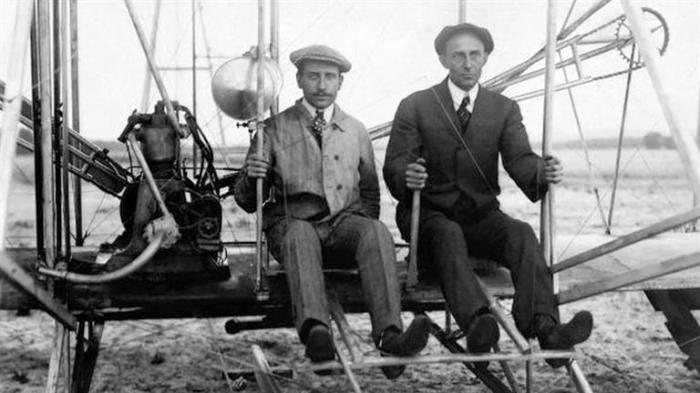
Contracts
The Wright brothers made no flights at all in 1906 and 1907. They spent the time attempting to persuade the U.S. and European governments that they had invented a successful flying machine and were prepared to negotiate a contract to sell such machines. They also experimented with a pontoon and engine setup on the Miami River (Ohio) in hopes of flying from the water. These experiments proved unsuccessful.
Replying to the Wrights’ letters, the U.S. military expressed virtually no interest in their claims. The brothers turned their attention to Europe, especially France, where enthusiasm for aviation ran high, and journeyed there for the first time in 1907 for face-to-face talks with government officials and businessmen. They also met with aviation representatives in Germany and Britain. Before traveling, Orville shipped a newly built Model A Flyer to France in anticipation of demonstration flights.
In France Wilbur met Frank P. Lahm, a lieutenant in the U.S. Army Aeronautical Division. Writing to his superiors, Lahm smoothed the way for Wilbur to give an in-person presentation to the U.S. Board of Ordnance and Fortification in Washington, D.C. when he returned to the U.S. This time, the Board was favorably impressed, in contrast to its previous indifference. With further input from the Wrights, the U.S. Army Signal Corps issued Specification #486 in December 1907, inviting bids for construction of a flying machine under military contract. The Wrights submitted their bid in January.In early 1908 the brothers also agreed to a contract with a French company. In May they went back to Kitty Hawk with their 1905 Flyer to practice in private for their all-important public demonstration flights, as required by both contracts. Their privacy was lost when New York newspapers heard about the tests and sent several reporters to the scene.
Their contracts required them to fly with a passenger, so they modified the 1905 Flyer by installing two seats and adding upright control levers. After tests with sandbags in the passenger seat, Charlie Furnas, a helper from Dayton, became the first fixed-wing aircraft passenger on a few short flights May 14, 1908. For safety, and as a promise to their father, Wilbur and Orville did not fly together. However, several newspaper accounts at the time mistakenly took Orville’s flight with Furnas as both brothers flying together. Later that day after flying solo seven minutes, Wilbur suffered his worst crash when—still not well-acquainted with the two new control levers—he apparently moved one the wrong way and slammed the Flyer into the sand at between 40 and 50 miles per hour (64 and 80 km/h). He emerged with only bruises and a cut nose, but the accident ended the practice flights—and the airplane’s flying career.
Public show
The brothers’ contracts with the U.S. Army and a French syndicate depended on successful public flight demonstrations that met certain conditions. The brothers had to divide their efforts. Wilbur sailed for Europe; Orville would fly near Washington, D.C.
Facing much skepticism in the French aeronautical community and outright scorn by some newspapers that called him a “bluffeur”, Wilbur began official public demonstrations on August 8, 1908 at the Hunaudières horse racing track near the town of Le Mans, France. His first flight lasted only one minute 45 seconds, but his ability to effortlessly make banking turns and fly a circle amazed and stunned onlookers, including several pioneer French aviators, among them Louis Blériot. In the following days, Wilbur made a series of technically challenging flights, including figure-eights, demonstrating his skills as a pilot and the capability of his flying machine, which far surpassed those of all other pioneering aircraft and pilots of the day.
The French public was thrilled by Wilbur’s feats and flocked to the field by the thousands, and the Wright brothers instantly became world-famous. Former doubters issued apologies and effusive praise. L’Aérophile editor Georges Besançon wrote that the flights “have completely dissipated all doubts. Not one of the former detractors of the Wrights dare question, today, the previous experiments of the men who were truly the first to fly …” Leading French aviation promoter Ernest Archdeacon wrote, “For a long time, the Wright brothers have been accused in Europe of bluff … They are today hallowed in France, and I feel an intense pleasure … to make amends.”
On October 7, 1908, Edith Berg, the wife of the brothers’ European business agent, became the first American woman passenger when she flew with Wilbur—-one of many passengers who rode with him that autumn. Wilbur also became acquainted with Léon Bollée and his family. Bollée was the owner of an automobile factory where Wilbur would assemble the Flyer and where he would be provided with hired assistance. Bollée would fly that autumn with Wilbur. Madame Bollée had been in the latter stages of pregnancy when Wilbur arrived in LeMans in June 1908 to assemble the Flyer. Wilbur promised her that he would make his first European flight the day her baby was born which he did, August 8, 1908.
Orville followed his brother’s success by demonstrating another nearly identical Flyer to the United States Army at Fort Myer, Virginia, starting on September 3, 1908. On September 9, he made the first hour-long flight, lasting 62 minutes and 15 seconds.
On September 17, Army lieutenant Thomas Selfridge rode along as his passenger, serving as an official observer. A few minutes into the flight at an altitude of about 100 feet (30 m), a propeller split and shattered, sending the Flyer out of control. Selfridge suffered a fractured skull in the crash and died that evening in the nearby Army hospital, becoming the first airplane crash fatality. Orville was badly injured, suffering a broken left leg and four broken ribs. Twelve years later, after he suffered increasingly severe pains, X-rays revealed the accident had also caused three hip bone fractures and a dislocated hip.The brothers’ sister Katharine, a school teacher, rushed from Dayton to Virginia and stayed by Orville’s side for the seven weeks of his hospitalization. She helped negotiate a one-year extension of the Army contract. A friend visiting Orville in the hospital asked, “Has it got your nerve?” “Nerve?” repeated Orville, slightly puzzled. “Oh, do you mean will I be afraid to fly again? The only thing I’m afraid of is that I can’t get well soon enough to finish those tests next year.”Deeply shocked and upset by the accident, Wilbur determined to make even more impressive flight demonstrations; in the ensuing days and weeks he set new records for altitude and duration. In January 1909 Orville and Katharine joined him in France, and for a time they were the three most famous people in the world, sought after by royalty, the rich, reporters and the public. The kings of Great Britain, Spain and Italy came to see Wilbur fly
The Wrights traveled to Pau, in the south of France, where Wilbur made many more public flights, giving rides to a procession of officers, journalists and statesmen—and his sister Katharine on February 15. He trained two French pilots, then transferred the airplane to the French company. In April the Wrights went to Italy where Wilbur assembled another Flyer, giving demonstrations and training more pilots. An Italian cameraman Federico Valle climbed aboard and filmed the first motion picture from an airplane.

After their return to the U.S., the brothers and Katharine were invited to the White House where President Taft bestowed awards upon them. Dayton followed up with a lavish two-day homecoming celebration. In July 1909 Orville, with Wilbur assisting, completed the proving flights for the U.S. Army, meeting the requirements of a two-seater able to fly with a passenger for an hour at an average of speed of 40 miles an hour (64 km/h) and land undamaged. They sold the airplane to the Army’s Aeronautical Division, U.S. Signal Corps for $30,000 (which included a $5,000 bonus for exceeding the speed specification). Wilbur climaxed an extraordinary year in early October when he flew at New York City’s Hudson-Fulton celebrations, circling the Statue of Liberty and making a 33-minute flight up and down the Hudson River alongside Manhattan in view of up to one million New Yorkers. These flights solidly established the fame of the Wright brothers in America.
Patent war
The Wright brothers wrote their 1903 patent application themselves, but it was rejected. In January 1904 they hired Ohio patent attorney Henry Toulmin, and on May 22, 1906, they were granted U.S. Patent 821393 for “new and useful Improvements in Flying Machines”.
The patent illustrates a non-powered flying machine—namely, the 1902 glider. The patent’s importance lies in its claim of a new and useful method of controlling a flying machine, powered or not. The technique of wing-warping is described, but the patent explicitly states that other methods instead of wing-warping could be used for adjusting the outer portions of a machine’s wings to different angles on the right and left sides to achieve lateral (roll) control. The concept of varying the angle presented to the air near the wingtips, by any suitable method, is central to the patent. The patent also describes the steerable rear vertical rudder and its innovative use in combination with wing-warping, enabling the airplane to make acoordinated turn, a technique that prevents hazardous adverse yaw, the problem Wilbur had when trying to turn the 1901 glider. Finally, the patent describes the forward elevator, used for ascending and descending.
Lawsuits begin
Attempting to circumvent the patent, Glenn Curtiss and other early aviators devised ailerons to emulate lateral control described in the patent and demonstrated by the Wrights in their public flights. Soon after the historic July 4, 1908, one-kilometer flight by Curtiss in the AEA June Bug, the Wrights warned him not to infringe their patent by profiting from flying or selling aircraft that used ailerons.
Curtiss was at the time a member of the Aerial Experiment Association (AEA), headed by Alexander Graham Bell, where in 1908 he had helped reinvent wingtip ailerons for their Aerodrome No. 2, known as the AEA White Wing (the AEA’s other members became dismayed when Curtiss unexpectedly dropped out of their organization; they later came to believe he had sold the rights to their joint innovation to the United States Government).
Curtiss refused to pay license fees to the Wrights and sold an airplane equipped with ailerons to the Aeronautic Society of New York in 1909. The Wrights filed a lawsuit, beginning a years-long legal conflict. They also sued foreign aviators who flew at U.S. exhibitions, including the leading French aviator Louis Paulhan. The Curtiss people derisively suggested that if someone jumped in the air and waved his arms, the Wrights would sue.
European companies which bought foreign patents the Wrights had received sued other manufacturers in their countries. Those lawsuits were only partly successful. Despite a pro-Wright ruling in France, legal maneuvering dragged on until the patent expired in 1917. A German court ruled the patent not valid because of prior disclosure in speeches by Wilbur Wright in 1901 and Chanute in 1903. In the U.S. the Wrights made an agreement with the Aero Club of America to license airshows which the Club approved, freeing participating pilots from a legal threat. Promoters of approved shows paid fees to the Wrights. The Wright brothers won their initial case against Curtiss in February 1913 when a judge ruled that ailerons were covered under the patent. The Curtiss company appealed the decision.
From 1910 until his death from typhoid fever in 1912, Wilbur took the leading role in the patent struggle, traveling incessantly to consult with lawyers and testify in what he felt was a moral cause, particularly against Curtiss, who was creating a large company to manufacture aircraft. The Wrights’ preoccupation with the legal issue stifled their work on new designs, and by 1911 Wright airplanes were considered inferior to those of European makers. Indeed, aviation development in the U.S. was suppressed to such an extent that when the U.S. entered World War I no acceptable American-designed airplanes were available, and U.S. forces were compelled to use French machines. Orville and Katharine Wright believed Curtiss was partly responsible for Wilbur’s premature death, which occurred in the wake of his exhausting travels and the stress of the legal battle.
Victory and cooperation
In January 1914, a U.S. Circuit Court of Appeals upheld the verdict against the Curtiss company, which continued to avoid penalties through legal tactics. Orville apparently felt vindicated by the decision, and much to the frustration of company executives, he did not push vigorously for further legal action to ensure a manufacturing monopoly. In fact, he was planning to sell the company and departed in 1915. In 1917, with World War I underway, the U.S. government pressured the industry to form a cross-licensing organization, the Manufacturers Aircraft Association, to which member companies paid a blanket fee for the use of aviation patents, including the original and subsequent Wright patents.The Wright-Martin company (successor to the Wright company) and the Curtiss company (which held a number of its own patents) each received a $2 million payment. The “patent war” ended, although side issues lingered in the courts until the 1920s. In a twist of irony, the Wright Aeronautical Corporation (another successor) and the Curtiss Aeroplane company merged in 1929 to form the Curtiss-Wright Corporation, which remains in business today producing high-tech components for the aerospace industry.
Aviation historian Charles Harvard Gibbs-Smith stated a number of times that the Wrights’ legal victory would have been “doubtful” if an 1868 patent of “a prior but lost invention” by Matthew Piers Watt Boulton of the UK had been known in the period 1903–1906.The patent, titled Aërial Locomotion &c,described several engine improvements and conceptual designs and included a technical description and drawings of an aileron control system and an optional feature intended to function as an autopilot. In fact, this patent was well-known to participants in the Wright-Curtiss lawsuit. A U.S. federal judge who reviewed previous inventions and patents and upheld the Wright patent against the Curtiss company reached the opposite conclusion of Gibbs-Smith, saying the Boulton patent “is not anticipatory”.And they paved their victory of course
Wilbur died, at age 45, at the Wright family home on May 30.Orville died on January 30, 1948, over 35 years after his brother, following his second heart attack, having lived from the horse-and-buggy age to the dawn of supersonic flight.
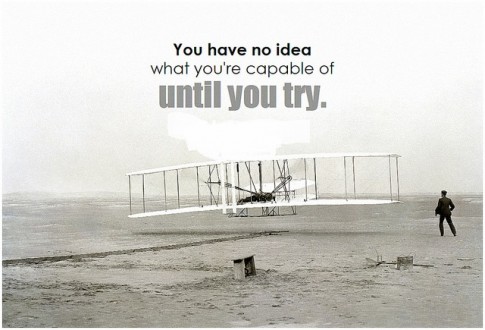
 Yes as the picture tells us that journey is never a journey to towns or famous places.That is to the Nature and Through the nature
Yes as the picture tells us that journey is never a journey to towns or famous places.That is to the Nature and Through the nature


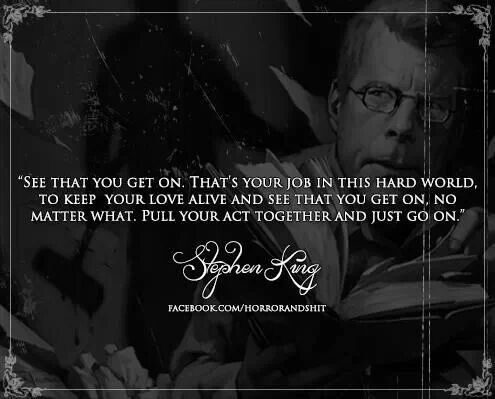
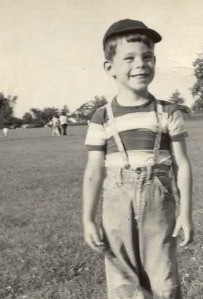
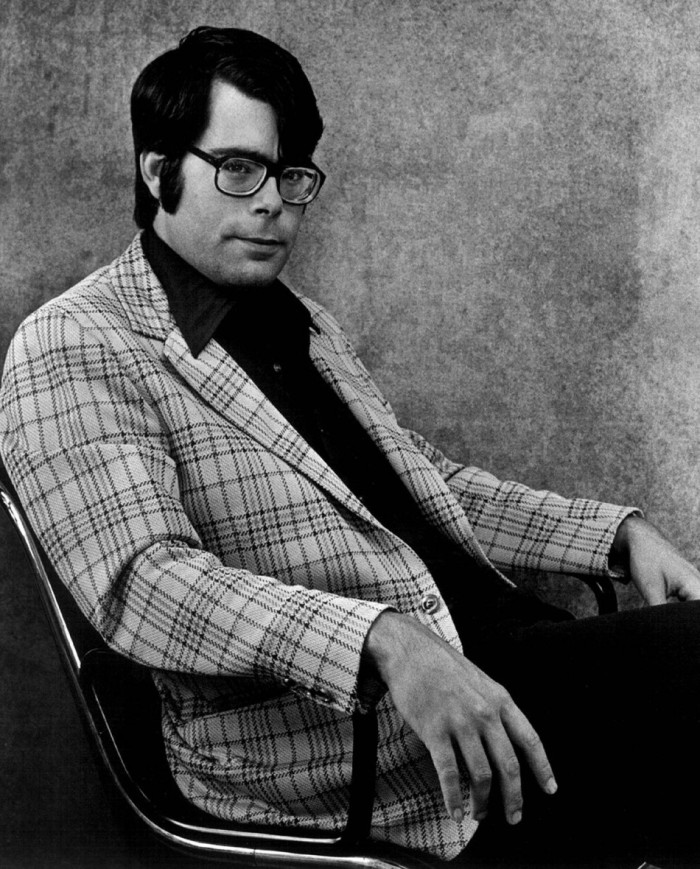

 King and his family moved to southern Maine because of his mother’s failing health. At this time, he began writing a book titled Second Coming, later titled Jerusalem’s Lot, before finally changing the title to
King and his family moved to southern Maine because of his mother’s failing health. At this time, he began writing a book titled Second Coming, later titled Jerusalem’s Lot, before finally changing the title to 
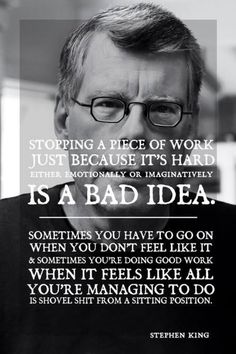
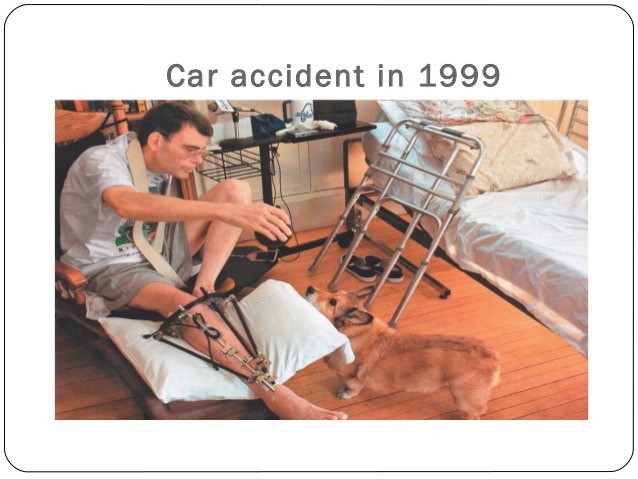
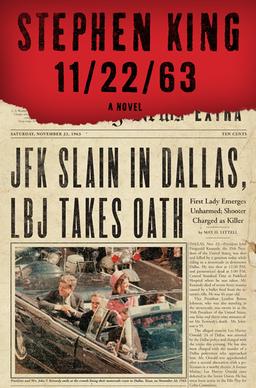
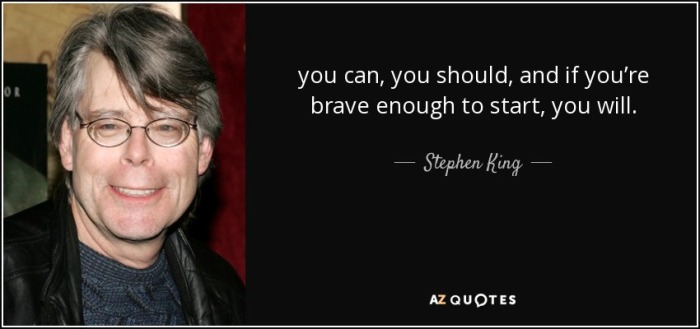
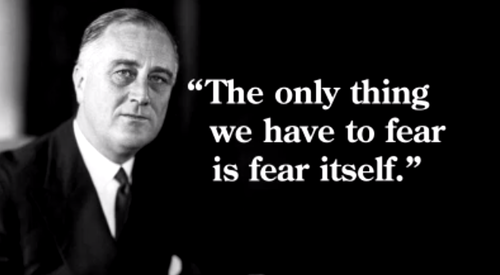

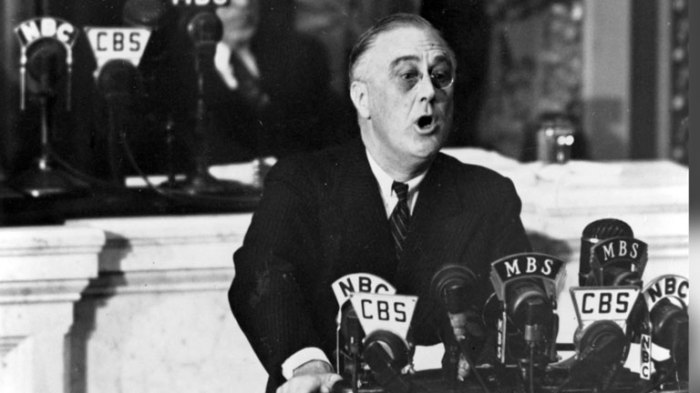
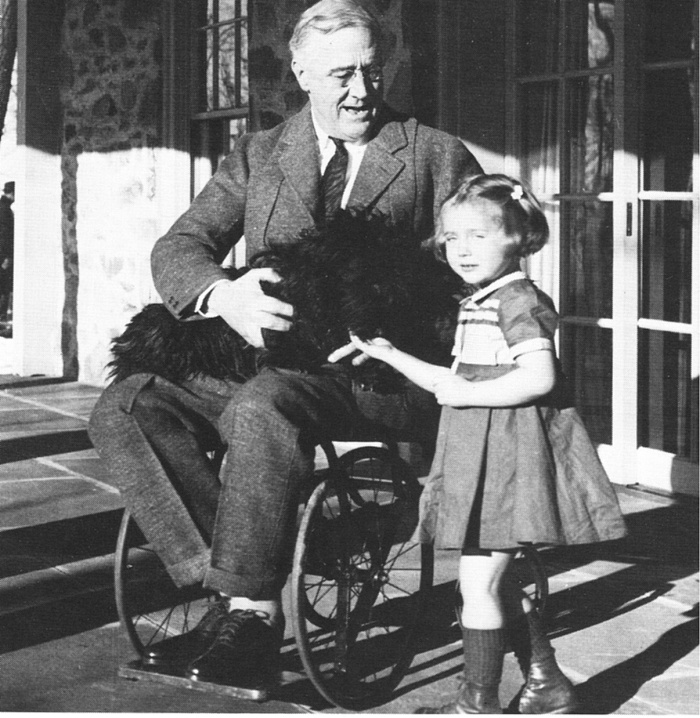
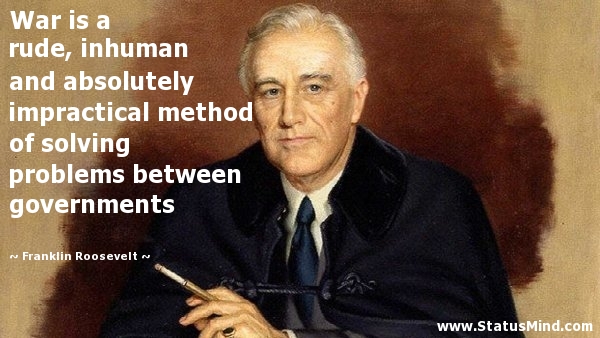
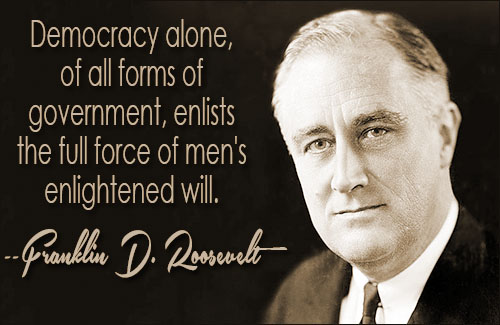
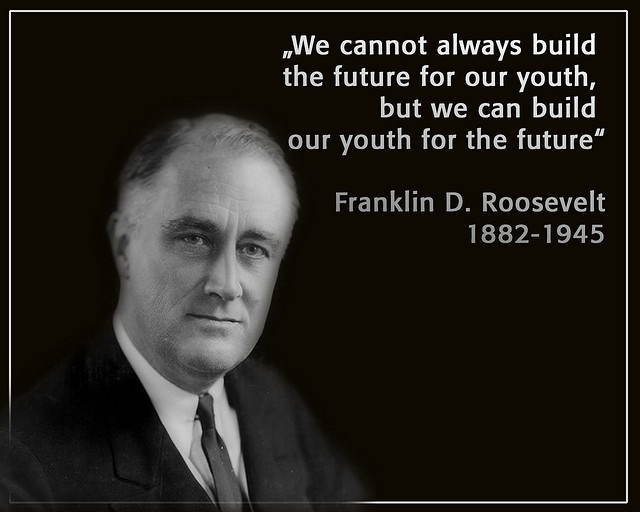
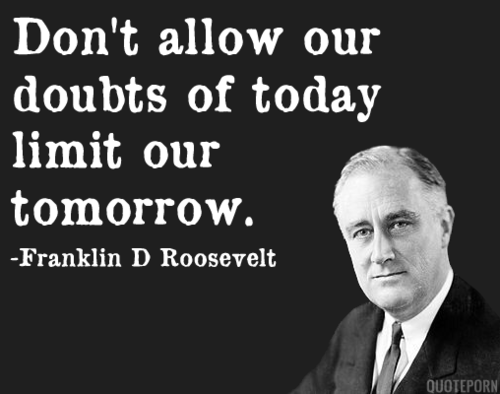
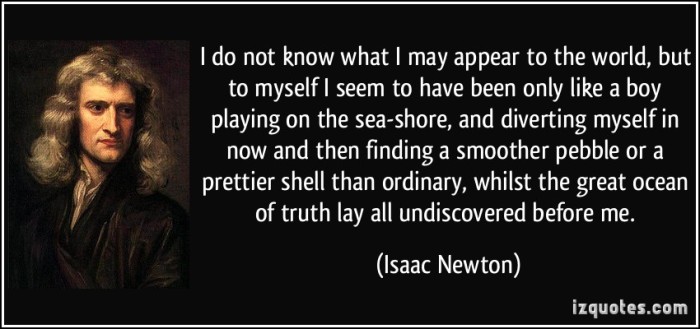
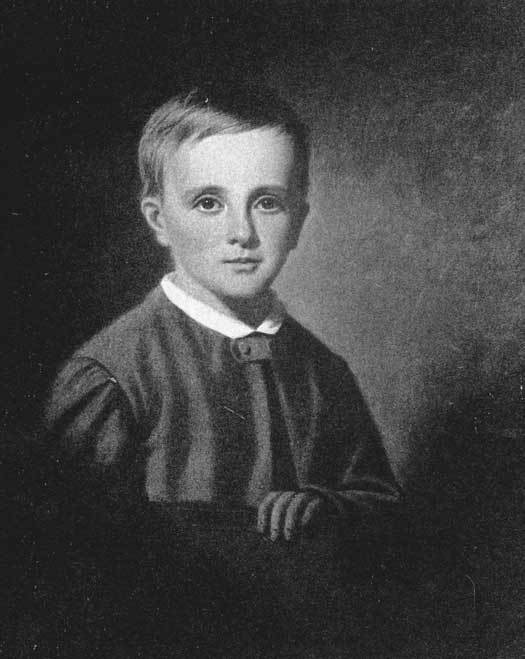
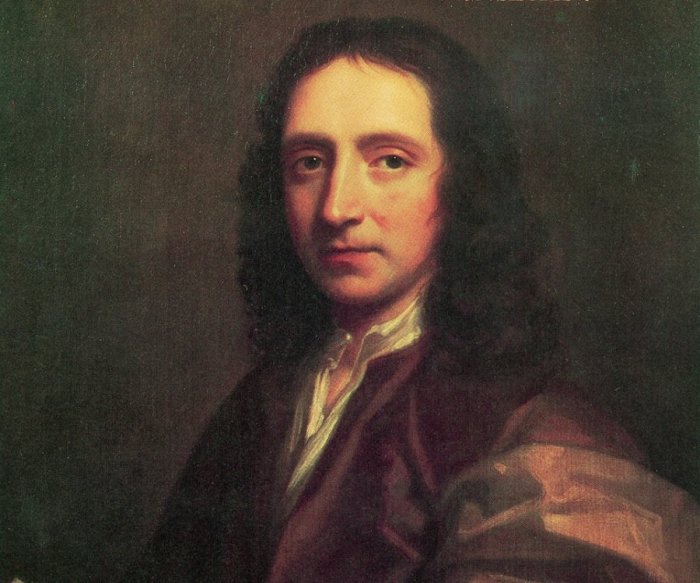
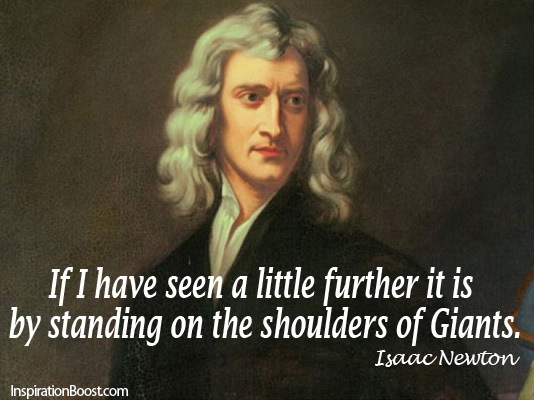
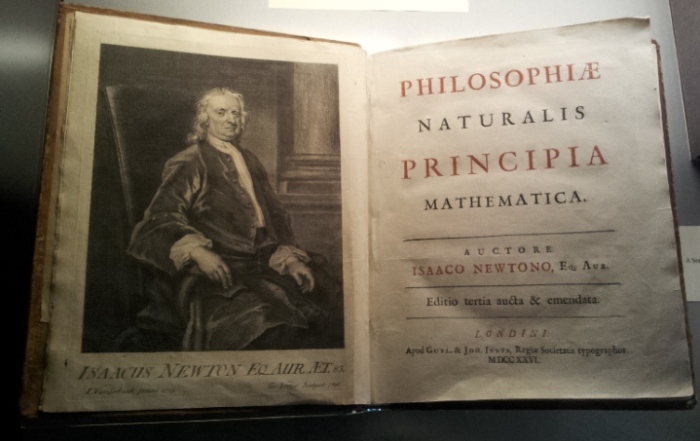
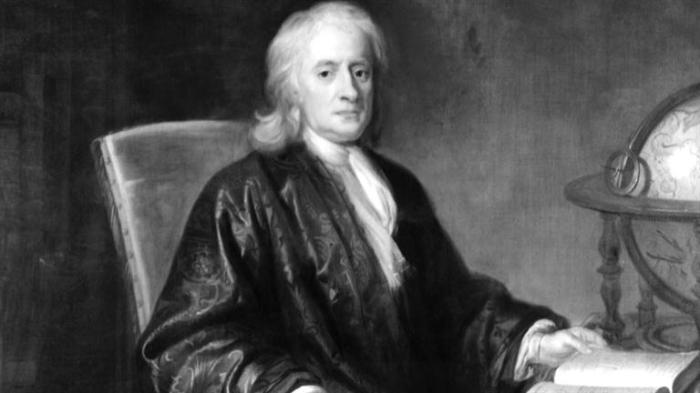
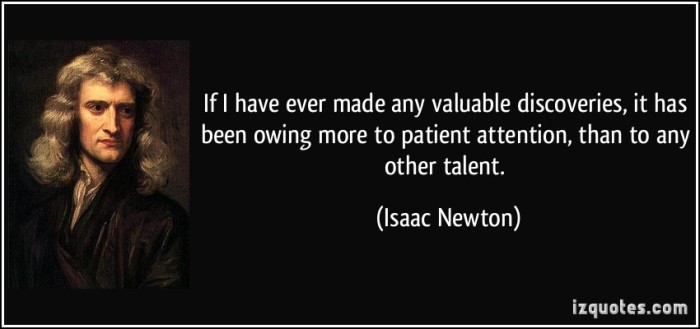


 L = lift in pounds
L = lift in pounds



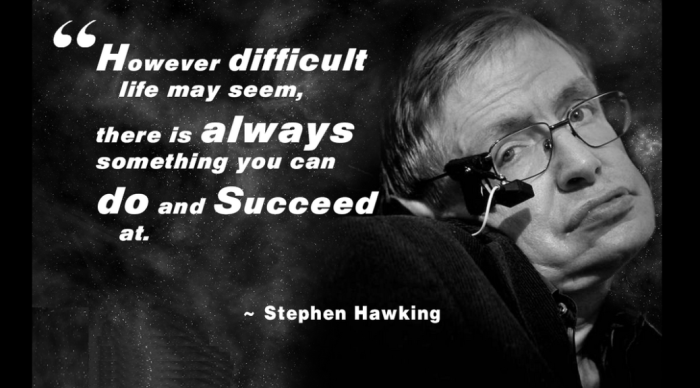
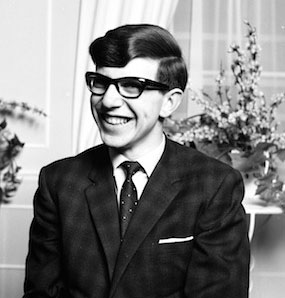
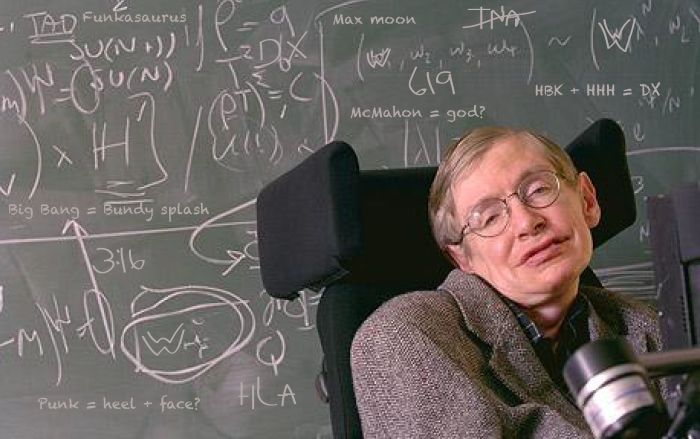
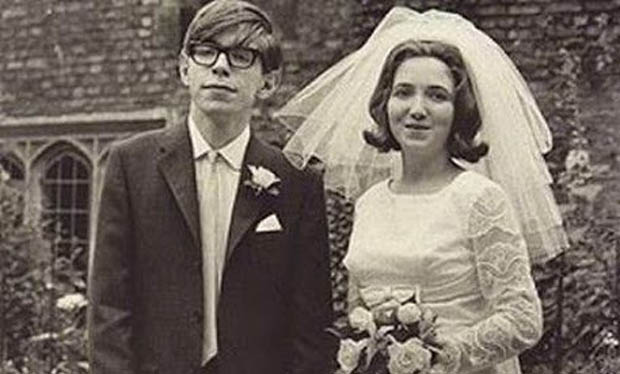
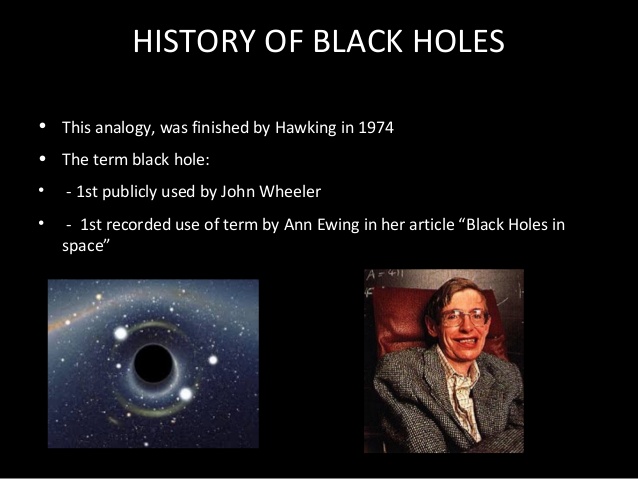
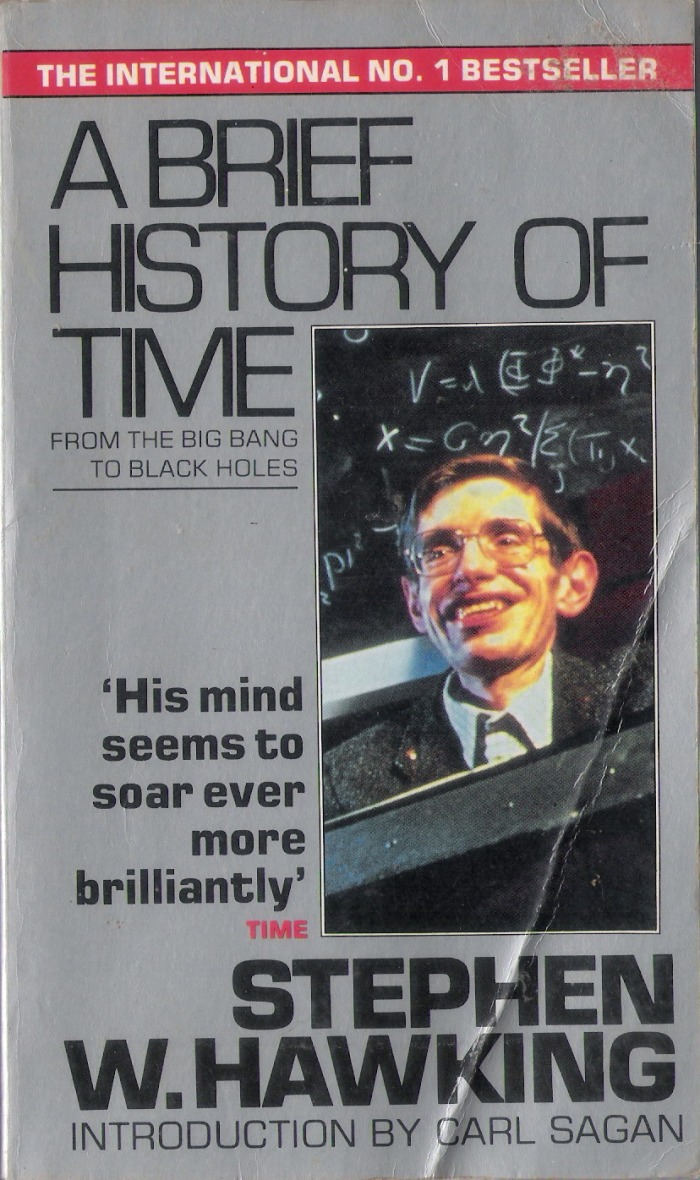

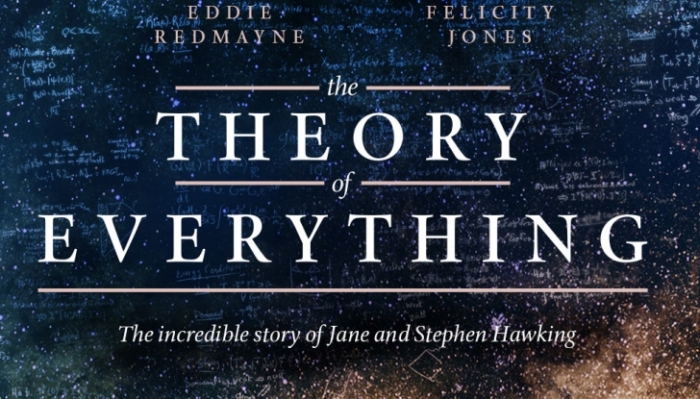
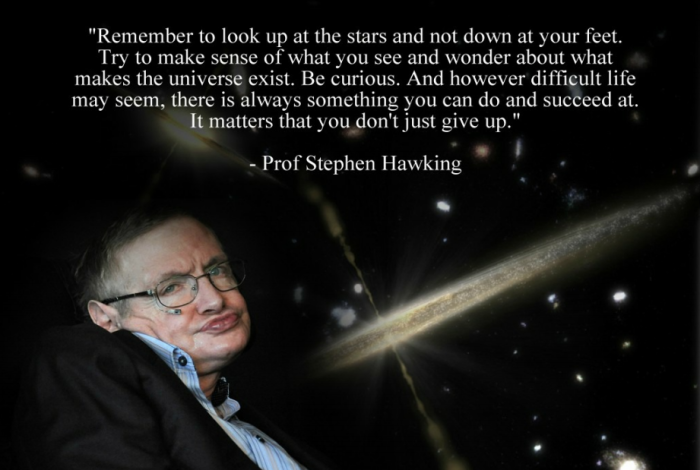
You must be logged in to post a comment.